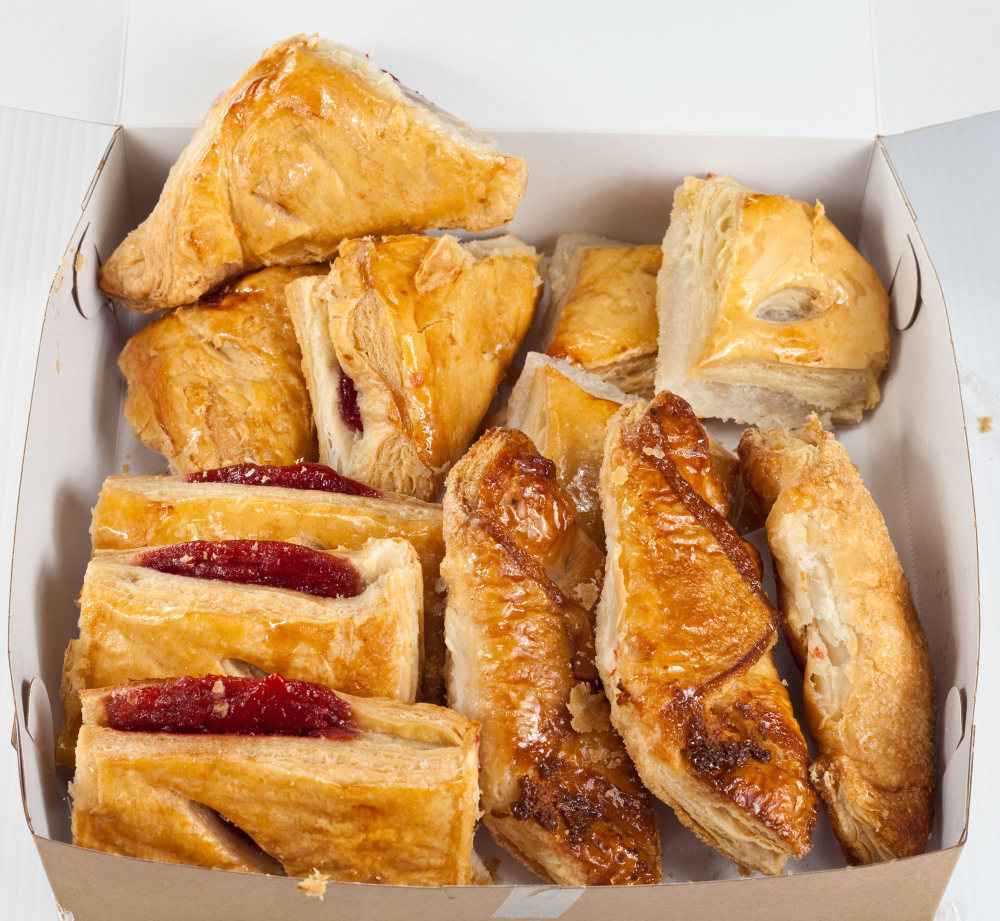Cuban-American Food
The flavors of a colorful culture are prominent throughout Florida.
Cuban cuisine is just as rich in flavor as it is in culture. It is essentially a blend of Spanish, African, Native American Taino and Caribbean cuisine. Explore some of the most popular items from the many Cuban kitchens of Florida and take a look at a can’t-miss Cuban recipe book.

A staple in Cuban families, Cuban bread quickly found its place in all the Florida communities in which it was introduced by Cuban emigres, especially in Tampa's Ybor City neighborhood in the mid 1800's and later in Miami and South Florida with the massive wave of exiles starting in the 1960's. In the aforementioned areas, Cuban bread is consumed in a variety of ways. One of the most popular ways to have this white bread is for breakfast. A typical morning meal includes Cuban bread with butter accompanied by a cup of Cafe con Leche. The baking method for Cuban bread includes a small amount of fat in the form of lard or vegetable shortening and it is typically made in a long loaf. They are popular items in Cuban cafeterias throughout Florida and are usually served complimentarily in restaurants before main dishes. The origins of Cuban bread are debatable. As is common, Miami and Tampa (both cities with a significant number of Cubans) claim their role as creators. What can be proven, however, is that the first commercial bakery in the United States to produce Cuban bread in large numbers was La Joven Francesca bakery in Tampa's Ybor City neighborhood. The bakery was established by Sicilian-born Francisco Ferlita in 1896 and catered to the cities' diverse population which included Cubans, Italians, Spaniards, Romanians, African-Americans and others. The loaves of Cuban bread were popular items during morning deliveries, along with milk. Homes in Ybor City even had nails on front porch doors where bread deliverymen would hang fresh loaves of bread for customers.

Ropa Vieja
Literally translated to "old clothes", Ropa Vieja is one of the most popular Cuban dishes. It consists of shredded beef, some vegetables, and sauce (typically tomato based). It is usually accompanied with white rice and black beans.

Pan con Bistec
The literal translation is "bread with steak", and it's simplicity is what makes us such a favorite amongst Cubans. This steak sandwich features a thin cut steak, onions, lettuce and tomato, all between two loaves of Cuban bread.

El Cafecito
No Cuban meal is complete without Cuban coffee at the end. In fact, no Cuban experience is ever complete with coffee. Cuban households and restaurants alike throughout Cuban communities in Florida...

Cuban Pastries
A staple in Cuban families, Cuban bread quickly found its place in all the Florida communities in which it was introduced by Cuban emigres, especially in Tampa's Ybor City neighborhood in the mid 1800's and later in Miami and South Florida with the massive wave of exiles starting in the 1960's. In the aforementioned areas, Cuban bread is consumed in a variety of ways. One of the most popular ways to have this white bread is for breakfast. A typical morning meal includes Cuban bread with butter accompanied by a cup of Cafe con Leche. The baking method for Cuban bread includes a small amount of fat in the form of lard or vegetable shortening and it is typically made in a long loaf. They are popular items in Cuban cafeterias throughout Florida and are usually served complimentarily in restaurants before main dishes. The origins of Cuban bread are debatable. As is common, Miami and Tampa (both cities with a significant number of Cubans) claim their role as creators. What can be proven, however, is that the first commercial bakery in the United States to produce Cuban bread in large numbers was La Joven Francesca bakery in Tampa's Ybor City neighborhood. The bakery was established by Sicilian-born Francisco Ferlita in 1896 and catered to the cities' diverse population which included Cubans, Italians, Spaniards, Romanians, African-Americans and others. The loaves of Cuban bread were popular items during morning deliveries, along with milk. Homes in Ybor City even had nails on front porch doors where bread deliverymen would hang fresh loaves of bread for customers.

Palomilla
Palomilla is a thinly sliced, tender steak that is marinated with garlic and lime and served smothered in crisp onions.

The Cuban Sandwich
The debate about who has the best Cuban sandwich in Florida is much bigger than that of Cuban bread. Once again, Miami and Tampa go head to head and claim their side makes it best. The origins of the Cuban sandwich can actually be traced back to Tampa's Ybor City neighborhood, not the island itself. In the 1800s, when hundreds of Cuban, Spanish, Italian, German and Romanian immigrants established new homes in Ybor City, primarily to work in the cigar industry, this sandwich rose to cater to all the diverse tastebuds. The sandwich features something that appealed to the palettes: Cuban bread and roast pork for the Cubans, pickles and mustard for the Germans, Swiss cheese for some immigrants from Switzerland, Genoa Salami for the Italians and glazed ham for the Spaniards. In 2012, the Tampa City Council designated the Cuban sandwich as the "signature sandwich of the city of Tampa".
